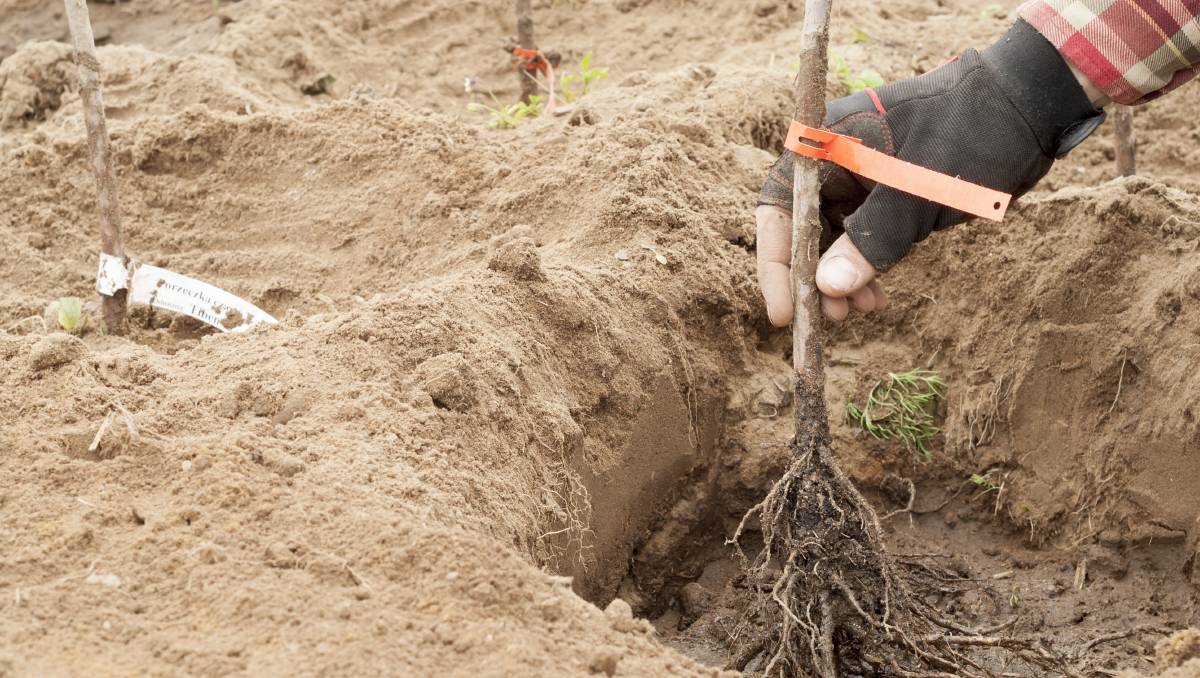
Bare root plants will soon be on sale in nursery and garden centres across the country and that means planning now for future harvests of flowers, fruits, and vegetables.
The term bare root means a plant is supplied without soil around the roots. To facilitate this the plant must be in its winter dormancy and are supplied without foliage or flowers.
Once dug from the paddock they are pruned, and the roots are washed free of soil prior to packing and transporting.
As there is no soil involved, plants can be bundled together allowing large quantities to be packed in one carton, significantly decreasing the shipping costs.
This type of system works well for many woody-based plants such as fruit and nut trees, cane fruits such as raspberry and some herbaceous edibles such as strawberries, asparagus and rhubarb and of course, bare root roses are always going to be in high demand.
Rhubarb, asparagus and strawberries are usually sold in packs with crowns surrounded by moist peat moss or sawdust. Crowns should be planted into well prepared garden beds with plenty of compost.
It’s always best to plant bare root stock the day it arrives but you can hold them over temporarily, by “heeling-in”. Nurseries and garden centres keep their bare root stock by placing plants in a bed of moist sawdust, potting mix or coco peat to protect the roots.
For home gardeners select an open space in the garden, dig one large hole and after soaking your plants, preferably in a Seasol solution, place bundled plants into the hole and firm down the soil. Water in well and they will keep for several weeks if kept watered until you can plant them in a permanent position, but don’t wait too long.
Prepare bare root stock for planting by pruning any damaged, broken, or blackened roots back to healthy tissue. Shortening long roots will make it easier to plant and stimulate feeder root growth soon after planting. Soak plant roots in a bucket of Seasol solution before planting and dig a wide planting hole, deep enough to cover the root system.
Place a raised mound of soil in the planting hole and spread roots evenly across this before backfilling. Water in, mulch and stake plants if necessary. Provide adequate and consistent moisture for the first year to ensure continued development of the root system and by summer plants will be well on their way to a good finish.
